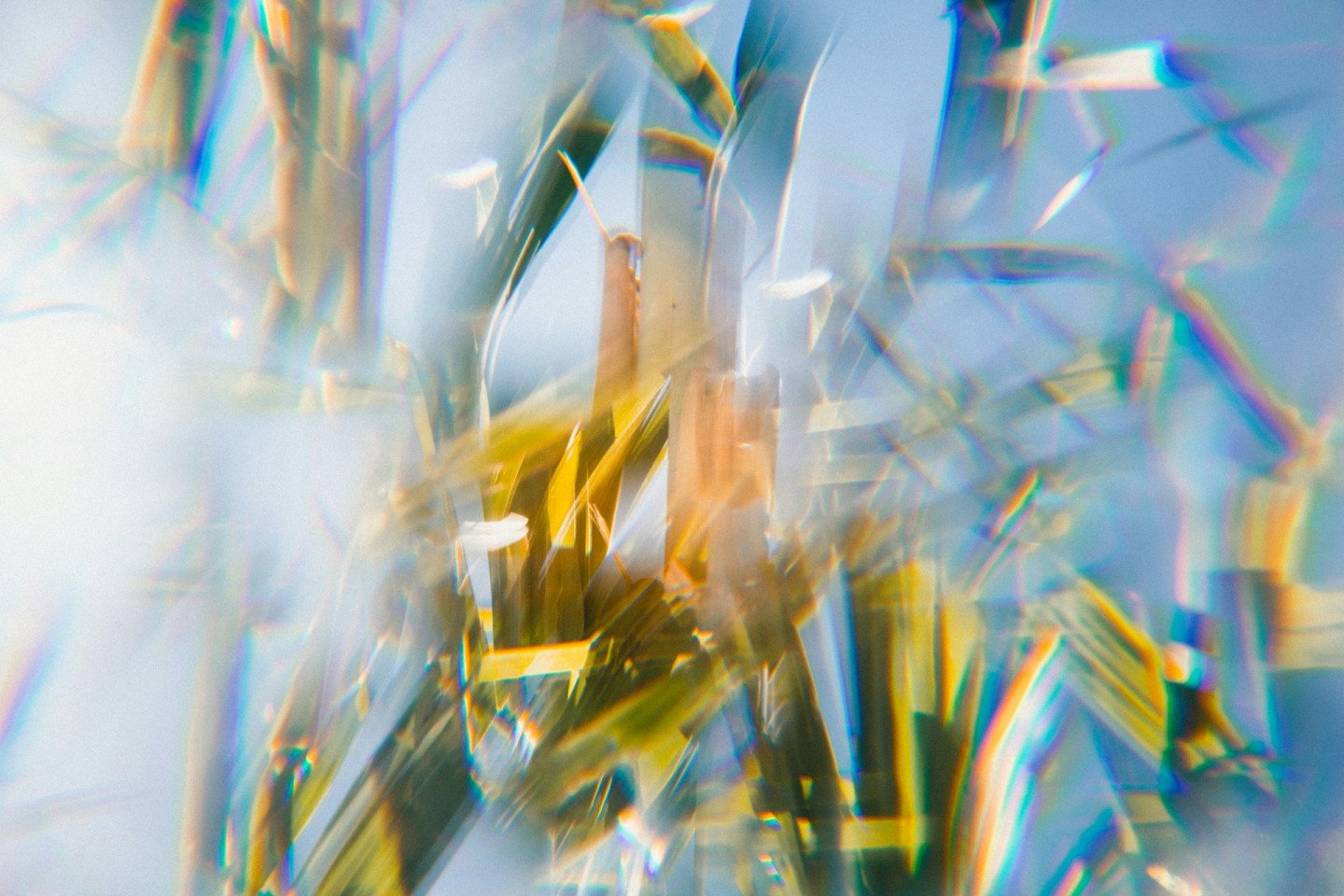
Key takeaways
- We need Vitamin D to keep bones, teeth and muscles healthy
- Our bodies make Vitamin D when our skin is exposed to sunlight at certain times of day and certain months of the year in the UK
- While sun exposure is important for making Vitamin D, too much can increase the risk of skin cancer, so it’s important to stay safe in the sun
- We can also get Vitamin D from foods and from supplements, which are advisable during Autumn and Winter in the UK
Our bodies need Vitamin D to keep bones, teeth and muscles healthy. While we can get some Vitamin D from foods our bodies naturally make Vitamin D when exposed to the sun – more specifically, to UVB rays. However, too much sun exposure can cause skin cancer by damaging the DNA in our cells. In this article, Perci’s lead cancer nurse specialist Rachel Rawson explains the link between the sun and cancer risk, and Perci dietitian Jo Cunningham, talks through how we can help our bodies get the Vitamin D it needs safely.
The sun, ultraviolet radiation and cancer risk
Rachel Rawson, Lead Cancer Nurse Specialist, Perci Health
We all know that too much UV radiation from the sun can increase our skin cancer risk. There are some simple ways to reduce this risk.
How can the sun and ultraviolet radiation lead to skin cancer?
The majority of skin cancers are caused by too much ultraviolet (UV) radiation from the sun and sunbeds. UVA and UVB are the two main types of sun rays, and both cause skin cancer by damaging the DNA in your skin cells. Melanoma is the most serious type of skin cancer and is the 5th most common cancer in the UK, accounting for 4% of all new cancer cases. By avoiding sunbeds and staying safe in the sun, 9 in 10 cases could be prevented.
Who is most at risk of sun damage?
Those with fair skin, red or light coloured hair are more at risk of skin damage, as are children. Getting sunburnt just once every two years can also triple your risk of melanoma. So, if you’ve had sunburn in the past, you need to do more to protect your skin in the future.
What to do if you’re concerned
Checking your skin on a monthly basis will help you to notice if there are any changes to existing moles, freckles or a normal patch of skin. The earlier a melanoma is found, the easier it is to treat, so it’s important to see your GP as soon as possible if you notice a change.
How to get enough Vitamin D while staying safe in the sun
Jo Cunningham, Dietitian, Perci Health
We need Vitamin D to support the immune system and bone health and low levels can lead to feeling tired, having a low mood and a feeling of achiness. Our bodies naturally make Vitamin D through sunlight. .
The amount of sunlight we need to make vitamin D is different for everyone, depending on how dark your skin is, and where you live. People with paler skin need less time in the sun to make Vitamin D, while those with darker skin need more. Because of the position of the UK, it’s only possible to make Vitamin D from the sun between the months of April and September, only when the sun is highest in the sky and your skin is directly exposed to it. You cannot produce Vitamin D if you are wearing sunscreen.
How to get Vitamin D safely
While it’s important to get enough sunlight to help our bodies make Vitamin D, it’s essential to stay safe in the sun. Here are my tips:
- Be smart about sun exposure: Rather than spending hours in the sun, which can lead to skin damage, spend a short time outside daily (15–20 minutes should be enough depending on your skin tone) when the sun is high, i.e., when your shadow is shorter than you are. After this, cover up with a hat, clothes or sunscreen and take care not to burn.
- Get Vitamin D from foods: Egg yolks and fresh or tinned oily fish (for example, mackerel or sardines) are the best sources of dietary Vitamin D. Some cereals and grains are also fortified with Vitamin D, so check the labels.
- Take a Vitamin D supplement between September and April: We should aim for 400 IU per day at this time, in tablet form or as a spray. However, given everyone’s Vitamin D requirement is different, working with a dietitian can help you understand how much you need.
Perci’s Cancer Nurse Specialists are available if you want to discuss cancer risk, and can refer you to a dietitian who can help you to create a plan to get the nutrients you need to stay healthy.
While we have ensured that every article is medically reviewed and approved, information presented here is not intended to be a substitute for professional medical advice, diagnosis, or treatment. If you have any questions or concerns, please talk to one of our healthcare professionals or your primary healthcare team.
References:
‘Vitamin D’, NHS, accessed April 2025, https://www.nhs.uk/conditions/vitamins-and-minerals/vitamin-d
‘Sun and Vitamin D’, Cancer Research UK, August 2021, https://www.cancerresearchuk.org/about-cancer/causes-of-cancer/sun-uv-and-cancer/sun-and-vitamin-d
‘Vitamin D: The sunshine vitamin,’ Sports Scotland, June 2023, https://sportscotland.org.uk/performance/cutting-edge/archive/vitamin-d-the-sunshine-vitamin/